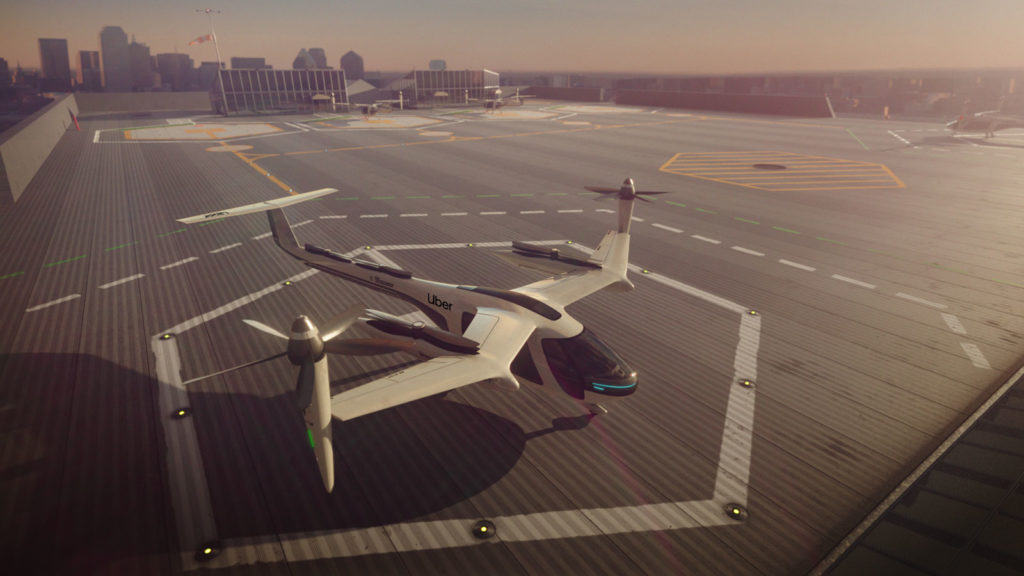2019 has seen its fair share of changes and events, with an increase in the share of electric vehicles, more controversial charges and restrictions imposed to professional drivers, or Uber getting their licence revoked – again. What can we expect in 2020?
Uber Licence
In November 2019, Uber lost their London licence for a second time after authorities found that more than 14,000 trips were taken with drivers who had faked their identity on the firm’s app. The decision will not see Uber cars disappear from London roads immediately, as the firm has said it would appeal and could continue to operate until the appeal process is complete – like they previously did.
Uber have already been banned in Brighton and York over safety concerns, but they successfully won appeal in Brighton and Sheffield and have their licence for Birmingham up for renewal at the end of January 2020. Birmingham City Council have said it would be considering Transport for London’s decision when hearing the application.
Could more licensing authorities like Birmingham follow London in 2020 and result in Uber being banned in more cities, or will Uber tidy up their act and their appeal be successful? With many other similar ride-sharing apps on the market, if Uber is banned, will it be missed and will other app operators up their standards?
New Apps
The ride-hailing app market in the UK is already saturated, especially in London, with Uber, Bolt, Kapten Wheely, ViaVan, BlaBlaCar, Kabbee, Addison Lee, Ola and Xooox operating, as well as Taxiapp, Gett and Free Now for Black Cabs.
Pedal Me, a pedal-powered courier service that launched in April 2017, brands itself as a ‘cycle logistic’ firm. Customers can use the app to book a ride in the form of specially adapted e-assist cargo bike to get them around central London. Pedal Me, currently available within six miles of Ludgate Circus, are looking to expand their London operation in 2020 before targeting new cities in 2021.
Diesel and petrol vehicles banned in the City
In the Spring 2020, Beech Street (The Barbican Tunnel) will become Britain’s first 24/7 zero-emission road. During this 18-month experiment (which is still waiting for TfL’s final approval), only zero-emission capable vehicle, cyclists and pedestrians will be allowed under the Barbican Estate.
There will be quite a few exceptions, though, as Emergency Services will of course have access, as well as drivers seeking “access to the car parks off Beech Street and for refuse collection and deliveries”.
It will be interesting to see if this scheme will help alleviate pollution and congestion or displace the issue to nearby roads like Old Street.
Flying Taxis
Earlier this year, Uber announced that Australia will be the first international market for their flying taxi service, Uber Air. Described as “aerial ridesharing”, Uber Air’s aim is to shuttle people from rooftop to rooftop, for the price of an UberX.
In 2018, Uber said they would open a laboratory in Paris to develop flying taxis, working with Nasa and the US Army and that they had two aircraft manufacturers, Embraer and Pipistrel Aircraft, also on board.
Although the controversial American company don’t plan to launch commercial operations until 2023, test flights are due to start in 2020 in Melbourne along with Dallas and Los Angeles in the US.
Melbourne’s test flights will take passengers from one of the Westfield shopping centres to the city’s main international airport. That’s a 12-mile journey that typically takes 25 minutes or so by car but is planned to be done in only 10 minutes with Uber Air.

Tesla Robotaxis
In an event back in April Tesla CEO, Elon Musk predicted that self-driving Tesla robotaxis will be on the road in 2020. Musk predicted that next year’s self-driving vehicles will be able to drive anywhere, with no geofencing restrictions, and will be followed a year later by cars without steering wheels or pedals. The fully autonomous Teslas capable of operating without a human driver would be on the road by mid-2020, and the company said that they would have a fleet of 1 million Tesla robotaxis by the end of 2020.
Tesla owners can add their car to a Tesla Network. The network would work as an on-demand ride-hailing service in which Tesla owners can lend their vehicles for autonomous taxi rides when they’re at work or on holiday. Customers would pay to take rides in other peoples autonomous Tesla electric car using the Tesla ride-sharing app. Musk says the prospect could be a lucrative one, as he predicted that robotaxis could earn owners $30,000 a year (even after Tesla taking 25% to 35% of each rider’s fee).
For Musk’s predictions to come true, the cars would need level 5 autonomy, meaning they could operate completely driverless anywhere, under any circumstances. Right now, Tesla’s automation system, similar to those from Mercedes, General Motors, and Volvo, is a partial one (level 2). This, basically, means that they can control steering and speed on a well-marked highway, but still require continuous supervision by a driver.
Tesla have a history of setting themselves aggressive goals, so it remains to be seen if their dream of Tesla robotaxis will become reality any time soon, but Musk is very confident that it will happen, saying: “Sometimes I am not on time, but I get it done.”

